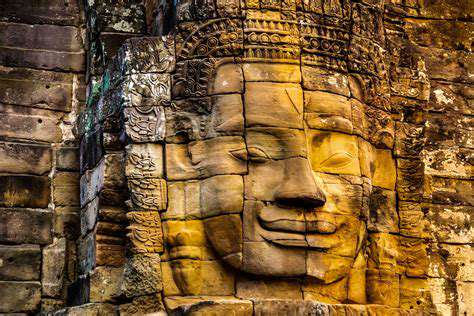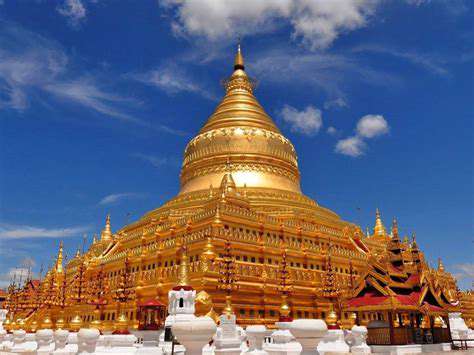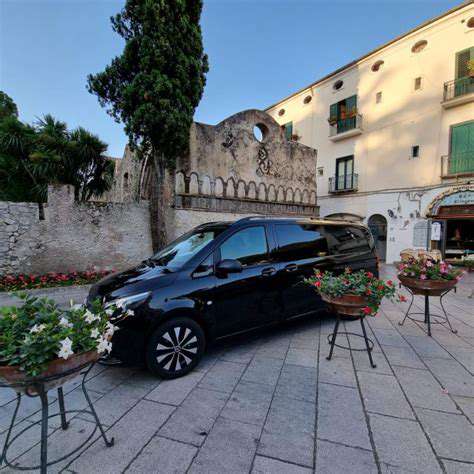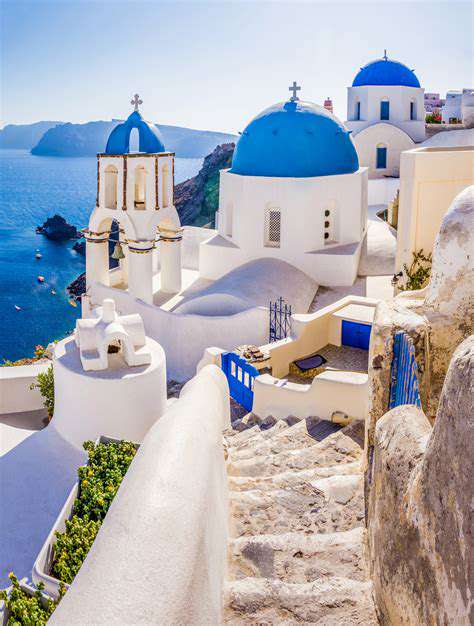Exploring the Temples of Southeast Asia [Cultural Guide]

The Architectural Genius of Angkor Wat
Nestled in Cambodia's lush landscape, Angkor Wat's majestic temple complex stands as proof of the Khmer Empire's extraordinary vision. What strikes visitors first is how its builders combined artistic beauty with precise mathematical calculations, creating structures that align perfectly with celestial events. Walking through its corridors, one can't help but marvel at how centuries-old craftsmanship still feels revolutionary today.
Every wall tells a story through its bas-reliefs - not just of gods and legends, but of ordinary people going about their daily lives. These stone narratives offer us something rare: an unfiltered connection to people who lived centuries before us. The carvings show market scenes, royal processions, and even comical moments, making history feel vividly present.
Angkor Wat's Place in Southeast Asian History
More than just beautiful ruins, these temples were the beating heart of an empire that dominated the region. Archaeologists studying the site have uncovered fascinating details about how the Khmer Empire managed resources, organized labor, and eventually declined. The temple's very stones whisper stories of political intrigue, religious transformation, and cultural exchange that shaped an entire region.
Perhaps most fascinating is how the temple adapted when Buddhism gradually replaced Hinduism as the dominant faith. Instead of abandoning the site, people simply reinterpreted its symbolism, adding new layers of meaning that scholars still debate today.
Sacred Geometry and Cosmic Symbolism
Angkor Wat's design isn't just aesthetically pleasing - it's a three-dimensional representation of Hindu cosmology. The central towers don't merely point skyward; they map the position of important constellations as they appeared in the 12th century. Even the moats serve a dual purpose, both practical and symbolic, representing the cosmic oceans surrounding the home of the gods.
What many visitors miss is how the temple changes throughout the day. As sunlight moves across the carvings, different scenes seem to come alive, suggesting the builders understood light as part of their artistic medium. This dynamic quality makes Angkor Wat feel less like a static monument and more like a living, breathing space.
Balancing Preservation with Public Access
The temple faces modern challenges its builders never imagined. Tropical storms, invasive plant roots, and even the breath of thousands of visitors each day all take their toll. Conservation teams now use everything from 3D mapping to traditional stonemasonry techniques to protect the site. The real challenge lies in keeping Angkor Wat accessible while ensuring it survives for future generations to study and admire.
Why Angkor Wat Still Matters Today
In our age of skyscrapers and digital wonders, why does this ancient temple complex still captivate us? Perhaps because it represents human ambition at its most visionary - a project that outlasted its creators by centuries. Cambodians today see it not just as a tourist attraction, but as a source of national pride and cultural identity. Its greatest lesson might be how art and architecture can bridge the gap between past and present, making history feel immediate and relevant.
Great portrait photography isn't about perfect lighting or expensive equipment. It's about patience - waiting for that unguarded moment when a person's true essence shines through. The best photographers know how to create an environment where subjects feel comfortable enough to reveal their authentic selves, whether through a thoughtful expression or an unexpected gesture.
Myanmar's Golden Pagodas: Where Heaven Meets Earth

Pagodas as Living History Books
Myanmar's golden pagodas don't just decorate the landscape - they chronicle the nation's soul. Each layer of gold leaf applied over centuries represents generations of devotion. Unlike museums where artifacts sit behind glass, these structures remain active places of worship, their stones worn smooth by countless bare feet. The pagodas have witnessed kingdoms rise and fall, yet their bells still ring at dawn.
What's extraordinary is how the pagodas incorporate materials from across Myanmar's diverse regions - marble from the north, teak from the central forests, and gold from southern rivers - making each one a geographical tapestry.
More Than Just Beautiful Buildings
To understand these pagodas, one must experience them at different times. At sunrise, monks in saffron robes circle the stupas in silent meditation. By midday, families picnic in their shade, children laughing near ancient Buddha statues. Come evening, the golden domes glow under floodlights while locals light candles for evening prayers. This daily rhythm shows how spirituality intertwines with ordinary life in Myanmar in ways few other places achieve.
Architecture That Teaches Buddhist Principles
The pagodas' designs serve as three-dimensional teaching tools. Their tiered structures illustrate the path to enlightenment, with each level representing a higher spiritual plane. The intricate carvings aren't merely decorative - they depict Jataka tales (stories of Buddha's previous lives) that convey moral lessons. Even the act of circumambulating the pagodas clockwise mimics the Buddhist concept of the wheel of existence.
The Delicate Dance of Tourism
While tourism brings needed revenue, it also presents challenges. Some pagodas now limit access to certain areas to prevent damage. Local communities have developed creative solutions, like special viewing platforms that protect sensitive areas while still allowing visitors to appreciate the pagodas' beauty. The most responsible travelers learn proper etiquette - removing shoes, dressing modestly, and understanding that these are sacred spaces first, photo opportunities second.
Preserving Living Traditions
Conservation here isn't just about repairing old bricks. It involves maintaining ancient crafts - gold leaf beating, traditional stucco work, and mural restoration techniques passed down through families. Young apprentices learn these skills not in classrooms, but by working alongside master artisans on actual pagodas. This hands-on approach ensures that preservation isn't just about maintaining buildings, but keeping cultural knowledge alive.
Why These Golden Beacons Endure
In a rapidly modernizing Myanmar, the pagodas remain cultural anchors. They've survived earthquakes, colonial rule, and political upheavals because people continue to find meaning in them. For some, they're spiritual compasses; for others, symbols of national resilience. Perhaps their greatest power lies in how they unite people - rich and poor, urban and rural - in shared moments of reflection and community. As Myanmar changes, these golden sentinels remind everyone what endures.











